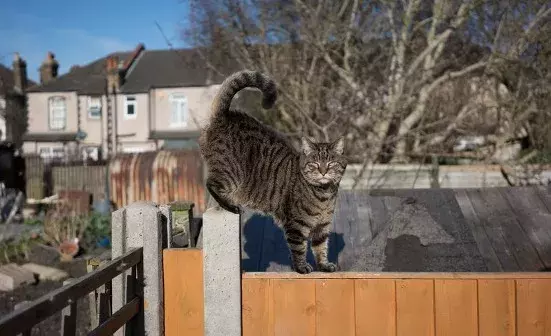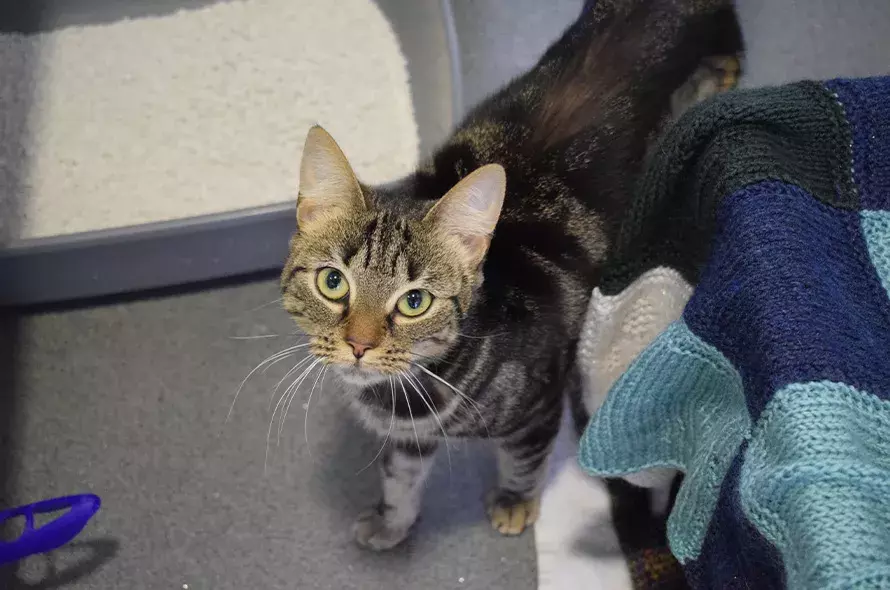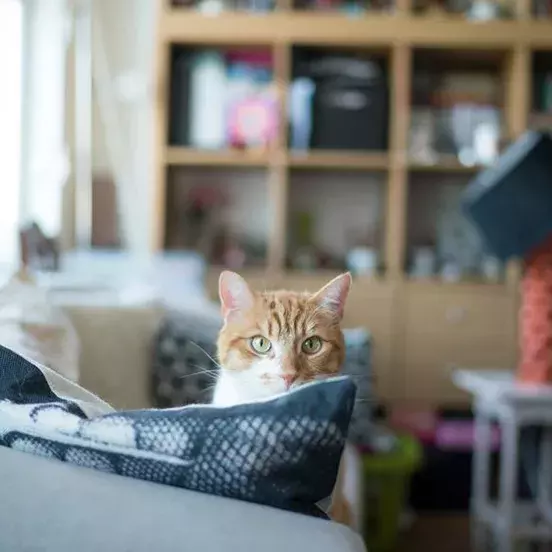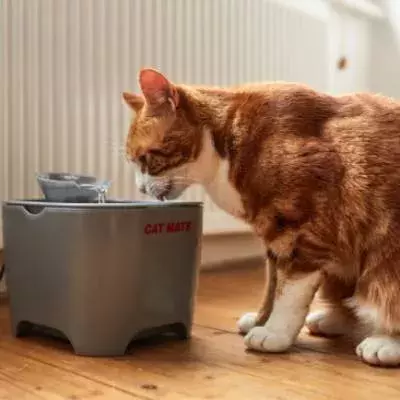Cats can be particular about where they go to the toilet. Getting your cat’s toileting facilities right can help to avoid problems such as going to the toilet in the wrong place, and bladder and bowel problems.
LITTER TRAYS
It’s best to stick to a large rectangular plastic litter tray; the larger the better. The tray should be at least one and a half times the size of your cat from nose to base of tail. Your cat will need enough space to be able to dig, turn around and cover without feeling restricted.
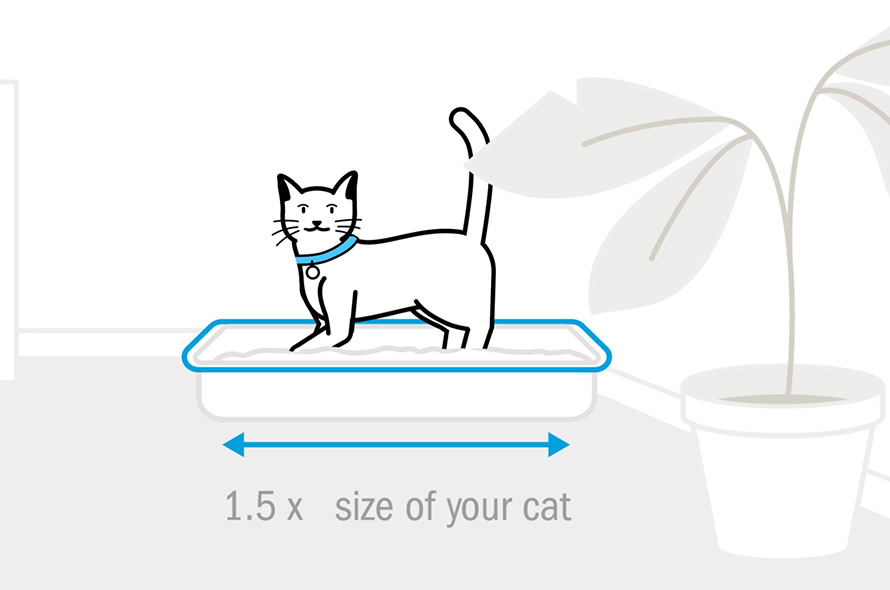
An open tray, as opposed to covered, is preferable as it will allow your cat to keep an eye out for any dangers. This will make them feel safe and comfortable while using their toilet. Avoid gimmicky litter trays, for example self-cleaning, as they aren’t cat friendly and your cat may be put off from using them.
Cats like privacy when going to the toilet, just as we do. Always place the litter tray in a private location away from windows, doors and areas with lots of activity. It is also best to place their litter tray away from their food, water or resting places.
LITTER
Cats prefer a fine, sand-like litter as this closely resembles what they’d use outside. Avoid coarse litter as it can be unpleasant for your cat to walk on. Litter should be at least three to four centimetres deep to allow them to dig and cover. Cats have a sensitive sense of smell, so make sure to avoid scented litter.
It’s also best to avoid plastic liners and newspaper, as these can get caught in cat’s claws and prevent the natural raking action cats do when using a litter tray.
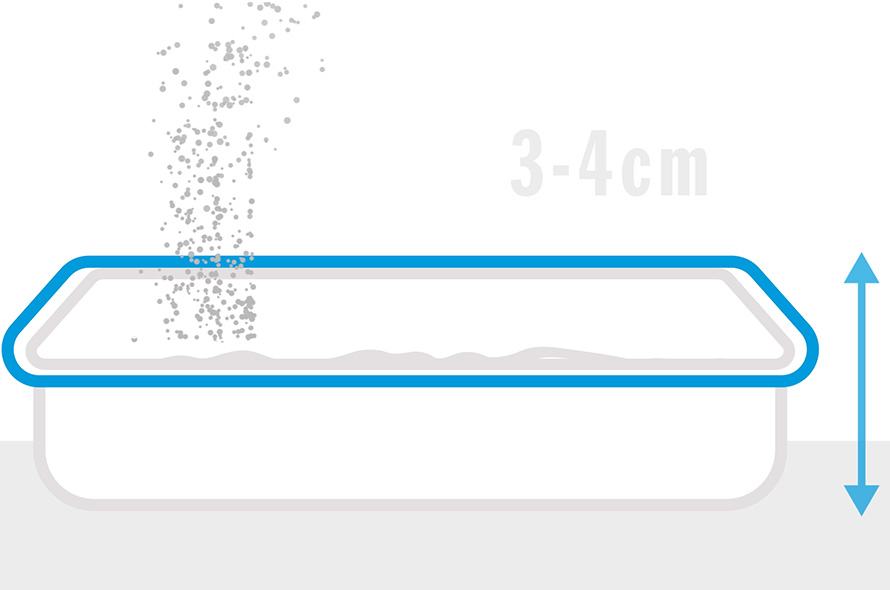
CLEANING A LITTER TRAY
Any deposits in your cat’s litter tray should be scooped out daily. If you are using clumping litter, you should empty, clean and replenish the tray on a weekly basis. With non-clumping litter this should be done every two to three days. Remember to top up the litter after scooping out soiled areas to maintain a depth of three to four centimetres. Only use washing up liquid and hot water to clean the tray, as strong disinfectants such as bleach can be unpleasant and even harmful to your cat and may stop them from using their litter tray.
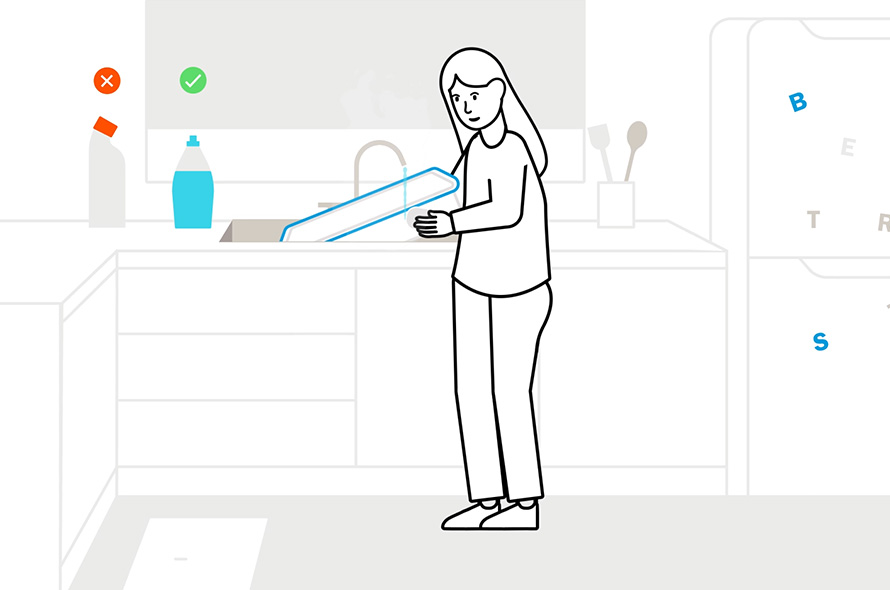
LOCATION OF LITTER TRAYS
The ideal number of litter trays is one per cat plus one. Cats may prefer to urinate and defecate in separate trays, and an extra one is helpful if the location of one of the litter trays is busy when they need it. It’s also best if they’re in different locations. One cat should have two trays, and two cats should have three litter trays and so on. In multi-cat households, the litter trays should be spread out.
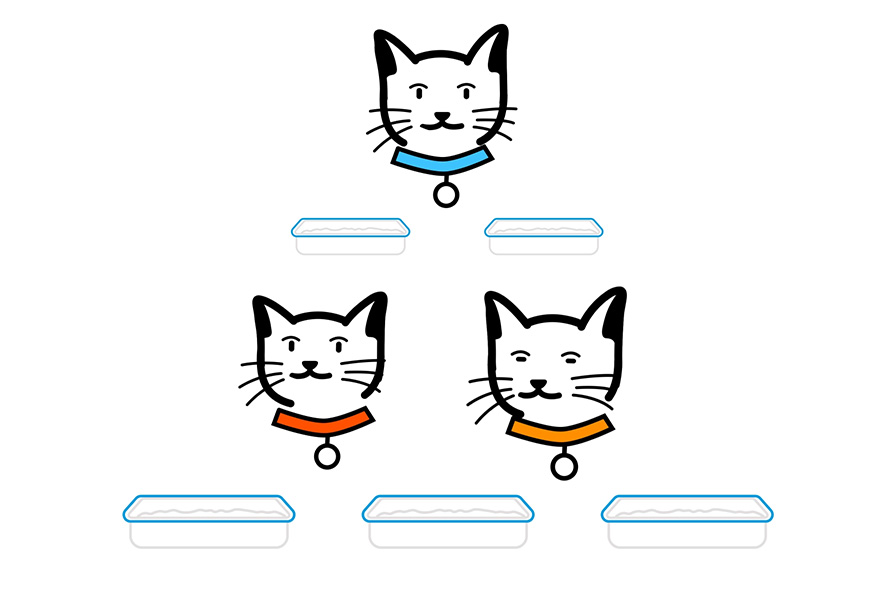
Even if your cat normally goes to the toilet outside, it’s still a good idea to have an indoor litter tray, too. A neighbourhood cat could prevent your cat from feeling safe enough to go to the toilet outside, or bad weather may mean your cat doesn’t want to venture out. If your cat does prefer to go outside, it’s a good idea to create a secluded, safe space for them to use, such as a sandy space with some privacy. Don’t forget to scoop this area regularly as well. To find out more, take a look at our guide to setting up a cat friendly garden.
